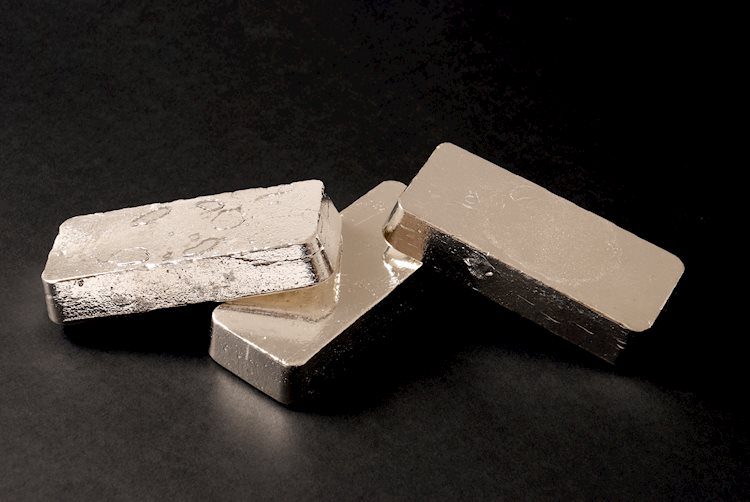Silver price plummeted to near $29.00 in Friday’s American session as a result of China’s third plenum meeting which did not provide significant stimulus measures to address economic challenges. Investors were expecting bold fiscal measures from China’s Communist Party to uplift growth prospects, but the focus was more on “high-quality development”. This lack of strong fiscal measures to boost industrial output has weighed on the Silver price, as Silver is widely used in various sectors such as Electric Vehicles and medical appliances.
Additionally, a sharp recovery in the US Dollar due to expectations of Donald Trump’s victory in the upcoming US presidential elections has also contributed to the decline in Silver price. The US Dollar Index advanced to near 104.30 amidst growing speculation, making Silver a more expensive investment for traders. However, the Federal Reserve is expected to start reducing interest rates following the September meeting, due to cooling inflationary pressures and weakening labor market strength.
From a technical analysis standpoint, Silver price has extended its losing streak for the third trading session, weakening after a breakdown below the upward-sloping trendline. The asset has dropped below the 20- and 50-day Exponential Moving Averages, indicating a bearish trend in the near term. The 14-day Relative Strength Index suggests a sideways trend, with the possibility of a major support zone at $25.90.
Investors may turn to Silver as a way to diversify their investment portfolio, for its intrinsic value or as a hedge during high-inflation periods. Silver can be bought physically in coins or bars, or traded through vehicles such as Exchange Traded Funds. The precious metal’s price movement is influenced by various factors such as geopolitical instability, interest rates, US Dollar behavior, investment demand, mining supply, and recycling rates.
Silver is widely used in industries such as electronics and solar energy due to its high electric conductivity, which can impact prices depending on demand fluctuations. Price movements in Silver tend to follow Gold’s moves, as both are considered safe-haven assets. The Gold/Silver ratio can help determine the relative valuation between both metals, with a high ratio potentially indicating that Silver is undervalued compared to Gold. Understanding these dynamics can help investors make informed decisions when trading Silver.











